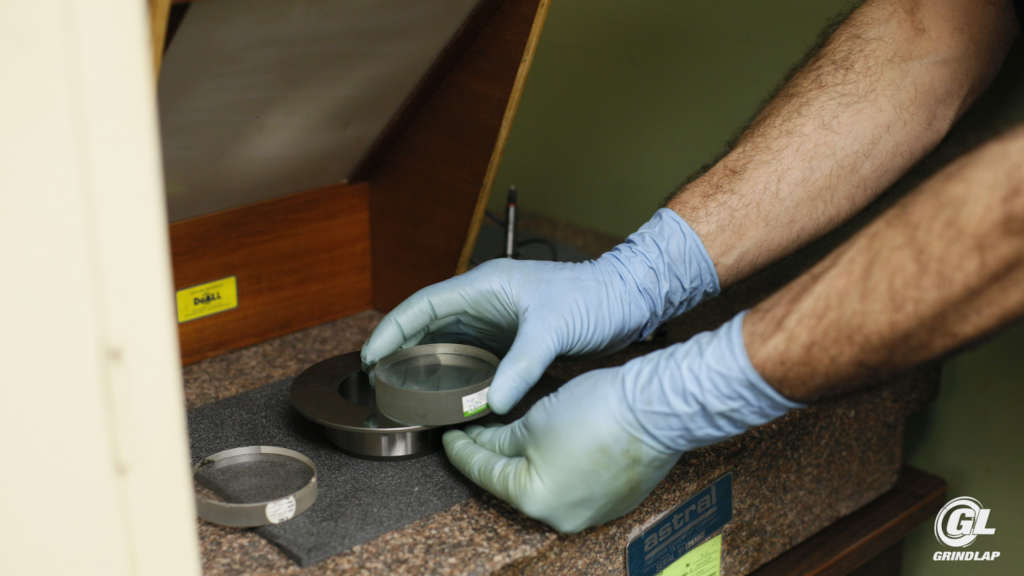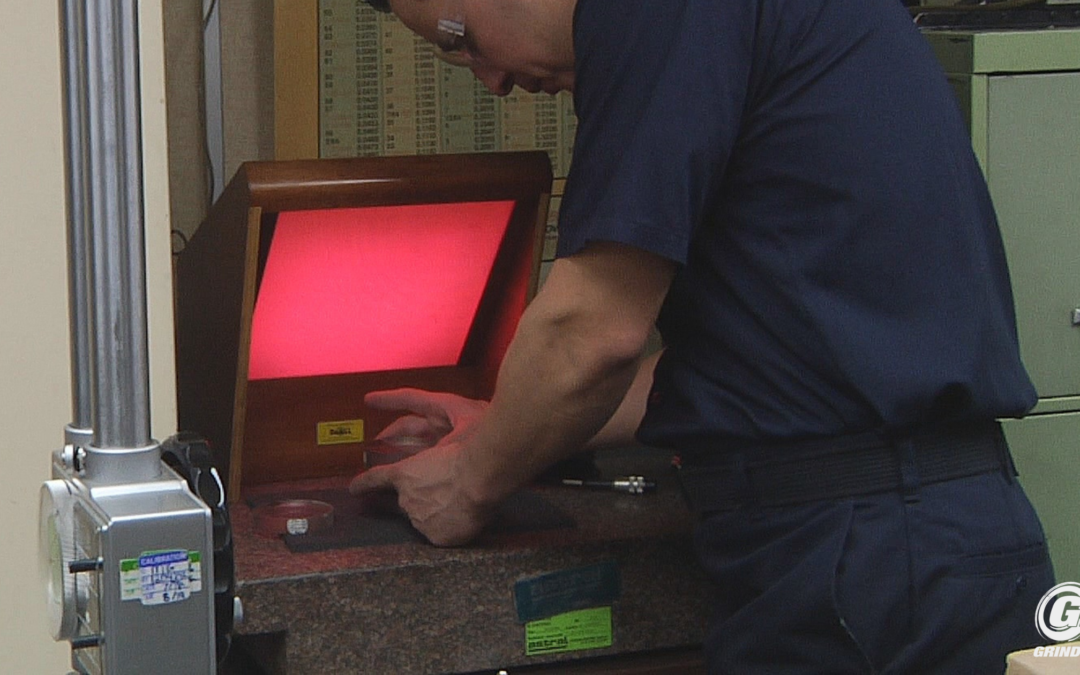Are you struggling with ensuring the flatness and parallelism of critical components in your manufacturing process? It’s frustrating when precision components don’t meet specifications, affecting the quality and reliability of your final products. Without accurate measurements, you risk costly rework and potential production delays.
At Grind Lap, we understand the crucial role that precise measurements play in manufacturing. Our expertise in advanced measurement tools, including optical flats, allows us to provide valuable insights into their applications. With years of experience and a commitment to quality, we offer a deep understanding of how optical flats can enhance your manufacturing processes.
In this article, we’ll delve into how optical flats are used in manufacturing to achieve unparalleled accuracy in measuring surface flatness and parallelism. You’ll discover how these tools work, their benefits, and why they are essential for maintaining high standards in your production. By the end, you’ll be equipped with actionable knowledge to improve your measurement techniques and ensure your components meet the highest quality standards.
What Are Optical Flats?
Optical flats are highly precise and polished glass plates used in manufacturing to measure the flatness and parallelism of surfaces. They also check the flatness of molds, optical lenses, and other critical components where surface flatness is essential. These patterns provide critical data on the flatness and parallelism of the surface.
Applications in Manufacturing
Optical flats are indispensable in measuring the flatness of various machined surfaces, including machine tool beds, granite surface plates, and other precision components. They also check the flatness of molds, optical lenses, and other critical components where surface flatness is essential.
How to Use Optical Flats
To use an optical flat, place the surface being measured against the flat glass of the optical flat. Direct a light source onto the surface, and observe the resulting interference patterns using a monochromatic light source, such as a sodium lamp. Analyzing these patterns allows you to determine the flatness and parallelism of the surface.

Advantages of Optical Flats
Optical flats offer several benefits:
- High Accuracy: Capable of measuring flatness and parallelism to within a few microns.
- Non-Destructive: They do not damage or alter the surface being measured.
- Ease of Use: Simple to operate with minimal training required.
- Portability: Suitable for various settings, from the factory floor to the laboratory.
Conclusion
In conclusion, Optical flats are an essential tool in the manufacturing industry, providing high accuracy and ease of use for measuring precision components. Additionally, optical flats ensure precise manufacturing of parts, maintaining the quality and reliability of your final products.
Lastly, for more insights on how Grind Lap can assist with your precision measurement needs, visit our About Us page or learn more about The Grind Lap Difference.


Recent Comments